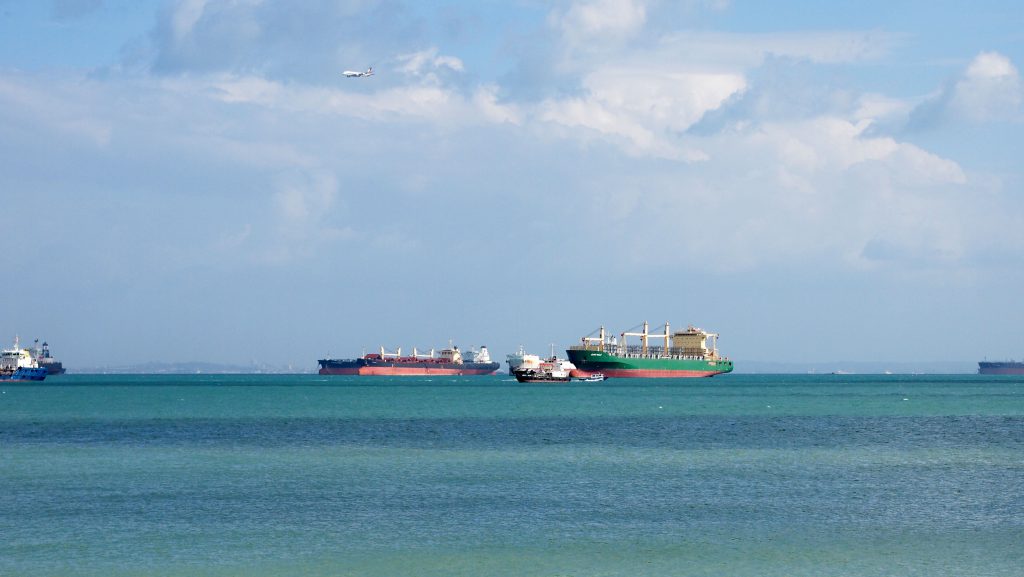The Tension between North and South in China’s History
February 12, 2019

An excerpt of a speech discussing China’s north and south that was given at the Institute of Policy Studies’ Singapore Perspectives 2019 Conference by University Professor Wang Gungwu from the NUS Department of History was recently featured in The Straits Times.
Prof Wang first outlines the historical tension between China’s northern political and military power and its southern entrepreneurial and technical expertise. This lasted until the end of the 19th century, with the 20th century witnessing two revolutions that transformed the nature and structure of Chinese society. The opening of China, in particular, gave the southern Chinese an opportunity to rise above their ranks and become indispensable to the country’s development.
Today, not only is China’s south more open than ever before, but Beijing’s leaders have also discovered new ways to move forward while remaining strictly in control. This has led to the ‘One Belt, One Road’ initiative, which seeks to create more opportunities for future economic growth. However, for the first time in history, the south is inhibiting China’s pursuit of this initiative. Firstly, the dynamism in globalization depends on entrepreneurs and inventive industrialists who are more active and better appreciated in southern China than northern China. Secondly, the countries to China’s south are now sovereign states in an overarching international system, and have organized themselves to protect the region. Lastly, the South China Sea has become a source of tension between China and the USA. Thus, there are more countries involved, including US allies like Japan and Australia.
Prof Wang stresses that merely holding regular meetings between ASEAN and its partner states may not be enough if either China or the USA insists on ASEAN support. At the same time, China’s entrepreneurial classes have to ensure that their northern leaders understand the demands of coastal and maritime outreach, as well as the different economies across ASEAN’s land borders.
Read the full excerpt here.
